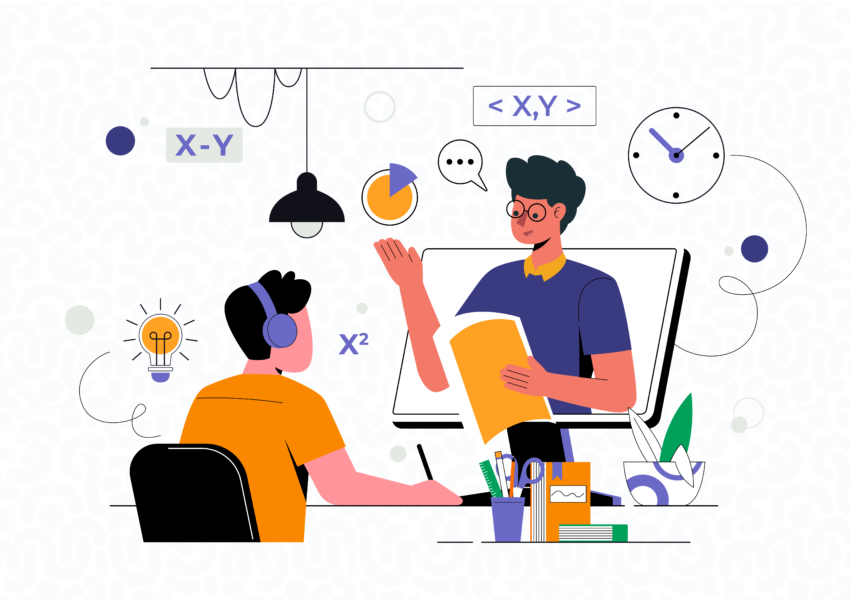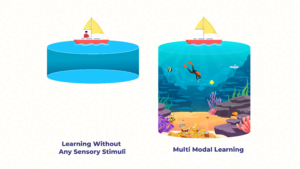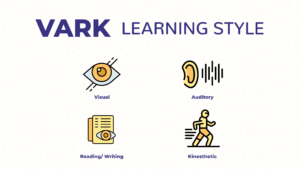
The modern educational paradigm increasingly recognises the significance of multimodal learning – an approach that integrates various sensory inputs to enhance comprehension and retention.

Primitive humans survived and thrived by acquiring essential skills through keen observation and hands-on experiences. Neuroscience supports the idea that our brains are wired to absorb and retain information better when exposed to various stimuli. By acknowledging and leveraging these evolutionary traits, educators can enhance the learning process and make education more engaging and impactful.
Drawing inspiration from primitive humans, who learned through observation, imitation, and hands-on experiences, multimodal learning aligns with our evolutionary traits. As science advances, we gain a deeper understanding of how our brains process information. This knowledge enables educators to correlate sensory inputs to the pace of learning, ensuring a more tailored and practical educational experience.
The Importance of Multimodal Learning
In the pursuit of skill-based education and holistic skill development, multimodal learning stands out as a beacon of promise. It acknowledges that individuals have diverse learning styles and preferences. By catering to visual, auditory, kinesthetic, and other learning modalities simultaneously, educators can create a rich tapestry of understanding beyond the limitations of unimodal approaches.

Multimodal learning isn’t a one-size-fits-all concept. It encompasses various approaches, such as visual aids, interactive simulations, group discussions, and hands-on activities. Recognising and embracing diversity within the classroom fosters an inclusive environment that caters to each student’s unique strengths and preferences. This approach ensures that students acquire knowledge and develop the practical skills necessary for success in their chosen fields. By weaving skill development into the educational fabric, we empower the next generation with the tools they need to navigate an ever-changing world.
Using Tech to Deliver on the Advantages of Blended Learning
In the digital age, technology plays a pivotal role in delivering the advantages promised by blended learning. Virtual simulations, interactive apps, and online collaboration platforms allow students to engage with educational content in ways that suit their learning styles. This synergy of traditional teaching methods and technological innovations paves the way for a more dynamic and effective educational experience.
In conclusion, the fusion of ancient wisdom and contemporary technology heralds a new era in education. Multimodal learning, with its emphasis on diverse learning styles and the integration of skill-based education, is the key to unlocking learners’ full potential. By embracing this holistic approach, we can nurture well-rounded individuals ready to face future challenges with confidence and competence.